Let me begin with a memory about something else.
Several decades ago (alas), I found myself one afternoon in a bookstore holding a book I did not expect. It was a complete set of blueprints for the Starship Enterprise, of Star Trek fame. Page after page of diagrams and drawings, minutia and detail. And I stood there, absolutely captivated while simultaneously thinking—this is absurd.
Stanley Greenberg – “Waterworks: The Hidden Water System of New York”
Kris Graves Projects, 2024
Review by W. Scott Olsen
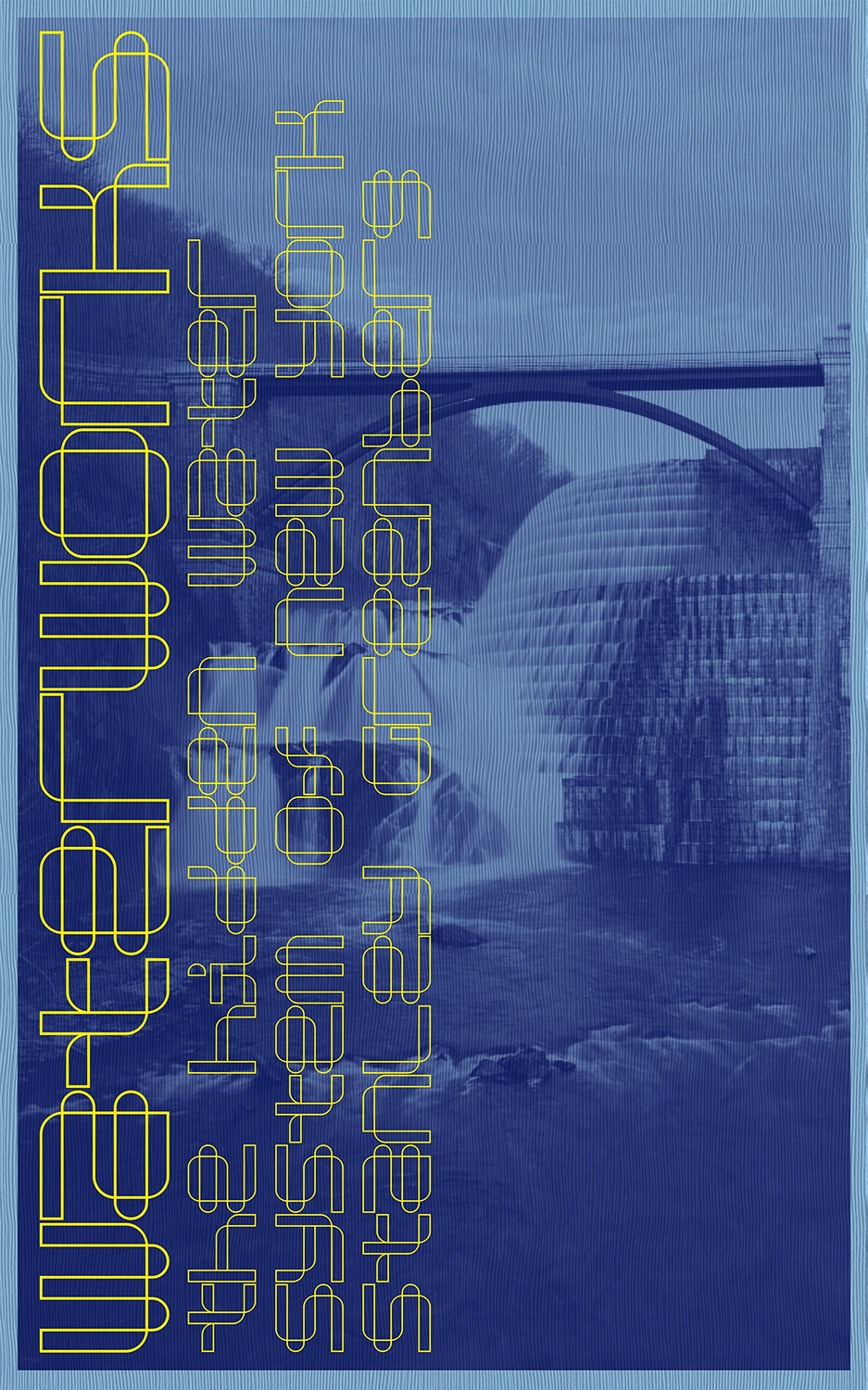
I will admit to being a Star Trek fan, although nowhere near the level of many people. But, I thought to myself, there is no such thing in the real world as the Starship Enterprise. It is an idea. It is a bit of fiction. But—and this is important—the blueprints allowed me to see the fictional workings, the physical relationships, in so much more detail than my imagination had allowed that I found them mesmerizing. The invisible made visible and real.
There is beauty in detail. And we have a fascination with the way things are put together. Beauty can be found in something like a math formula for Physics. It can be found in the unraveling of a mystery. And quite often, the beauty comes from the ability to see intricate physical detail. We stare at the Eiffel Tower, captivated by all the girders riveted together, and swear we can see the static and dynamic load transfer. We look at diagrams of the human circulatory system, tracing how our blood leaves our heart and returns twenty seconds later, having traveled at an average speed of three to four miles an hour, and leap to narrative.
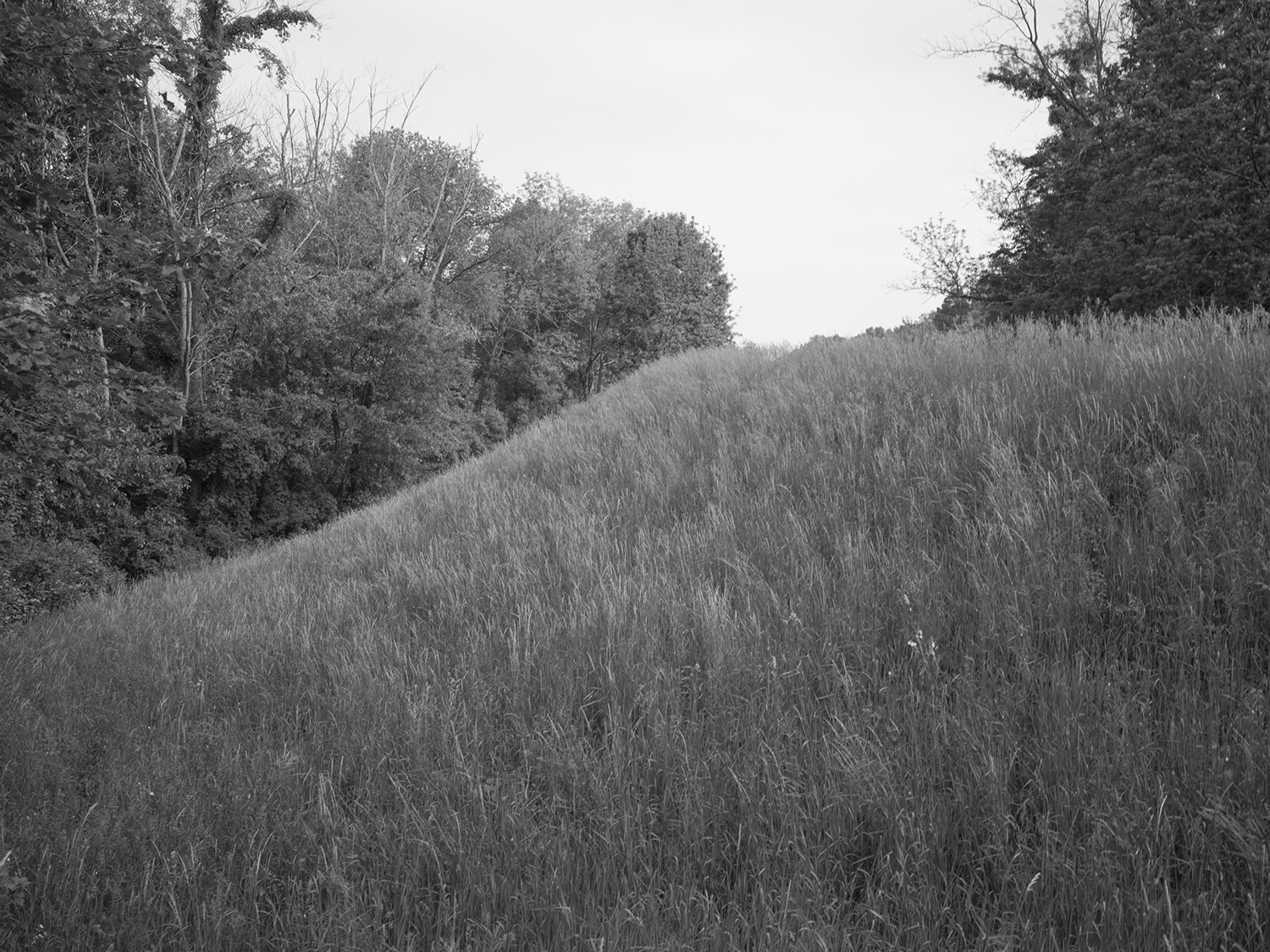
We love the behind-the-scenes look. We see something writ large, and then somebody slows it down, and we’re able to see the parts. The insight gives us knowledge and pleasure.
I am thinking about the intricacy of process and the beauty of detail because I am holding Waterworks: The Hidden Water System of New York, an expansion of Stanley Greenberg’s project published in 2003. According to the book’s materials,
“Waterworks”, an exploration of New York City’s water supply and wastewater treatment systems, was originally published in 2003. This new and expanded edition is a complete reworking of the book, featuring 362 photographs made between 1992 and 2024, and two new large folded insert maps. Greenberg visited reservoirs, aqueducts, tunnels, gatehouses, water supply and sewer pumping stations, water tanks, wastewater treatment plants, stormwater retention facilities and maintenance covers throughout the watershed and around the city. The maps identify over 400 sites in the system, from upstate reservoirs to abandoned systems and tunnel shaft sites.
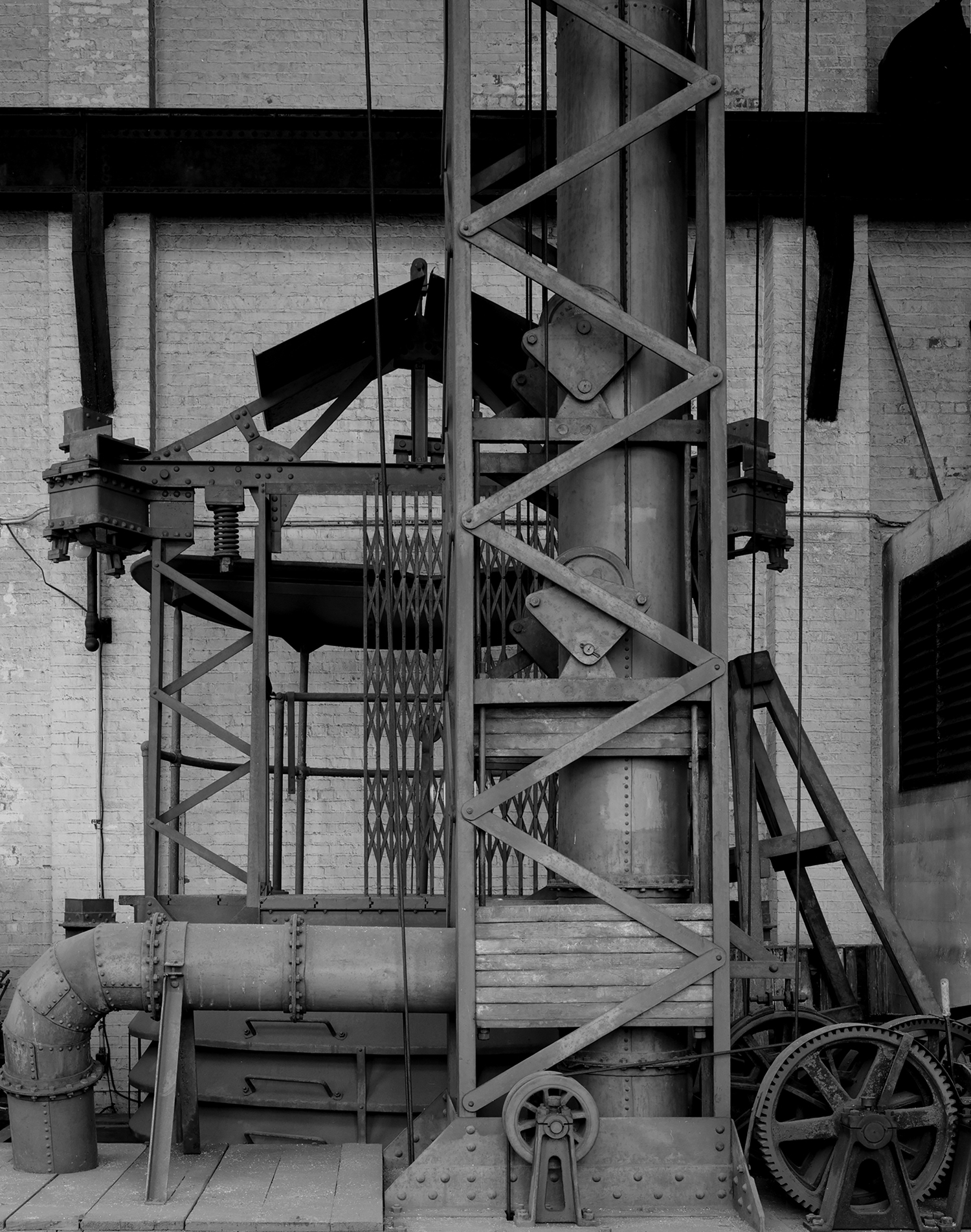
New York City is famous for many things, and, perhaps not oddly, its water is one of them. When you stop to think about it, the infrastructure that such a system requires is gargantuan. And unlike Star Trek, it’s real.
Waterworks is a visual documentation of how New York City gets its water, from the reservoir through tunnels, under vents, etc. The book does not get into small-scale plumbing, though. This is a book about the big elements of the system we don’t see from our hotel rooms, apartments, or restaurants. The system and the book are astounding.
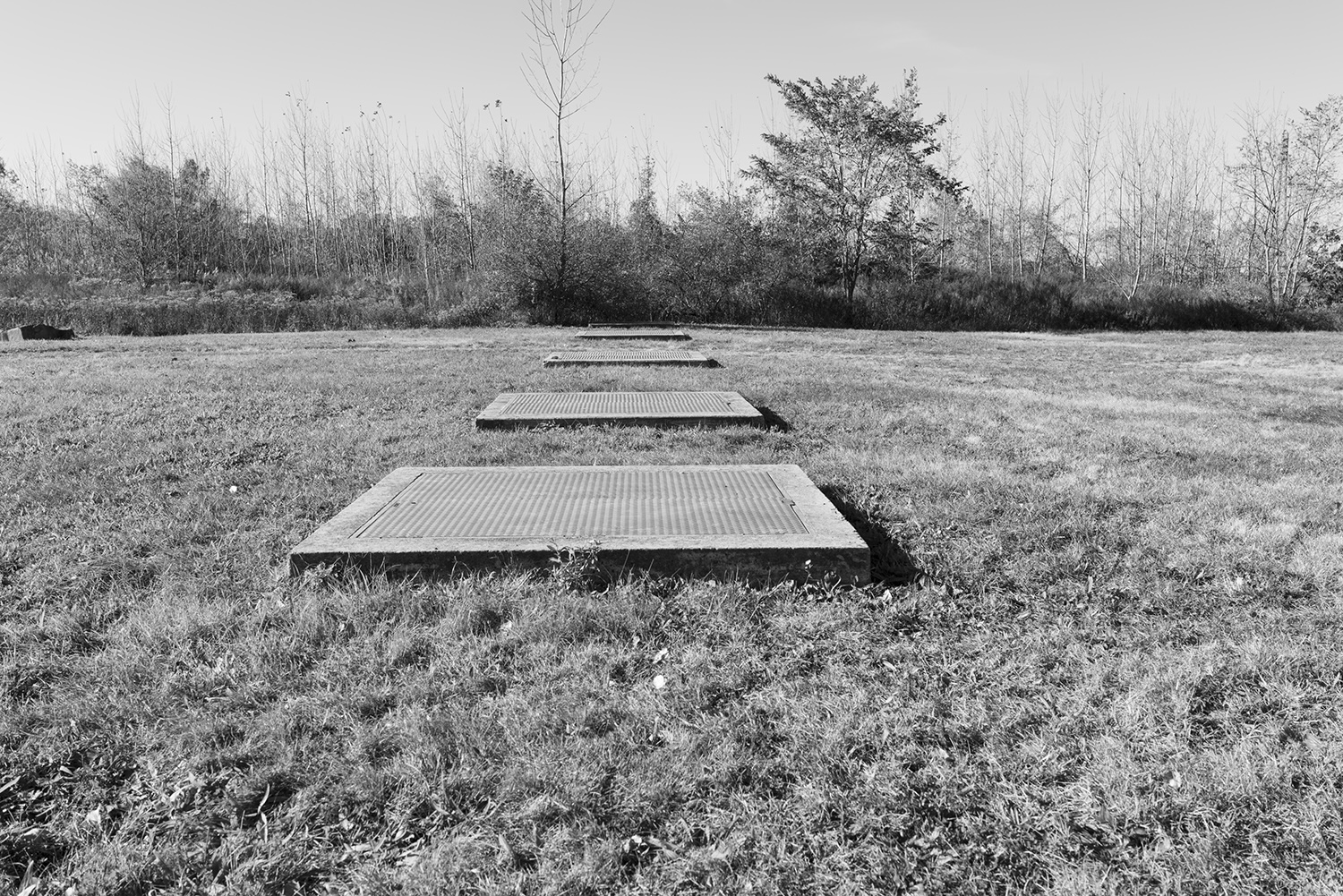
Greenberg is an extraordinary photographer. (Frames reviewed one of his previous books about trees in Central Park. https://readframes.com/the-once-and-future-now-review-of-olmsted-trees-by-stanley-greenberg/) His sense of composition is artistic and realist at the same time. There are long exposure waterfalls, industrial precision, an impressive sharpness, a sense of leading line, and scale. The book alternates between large images that jump the book’s gutter as well as pages filled with thumbnails when the subject, such as ventilator shafts, is repeated in many different sites.
Throughout this book, I found myself lingering. I did not so much try to follow water from the reservoir to the tap as I did join in the celebration of the mechanism. Looking, for example, at something called a Dewatering apparatus, Shaft 21, City tunnel number one, Manhattan, I tried to imagine first its construction, then its purpose, all the while impressed by the technical and artistic quality of the image.
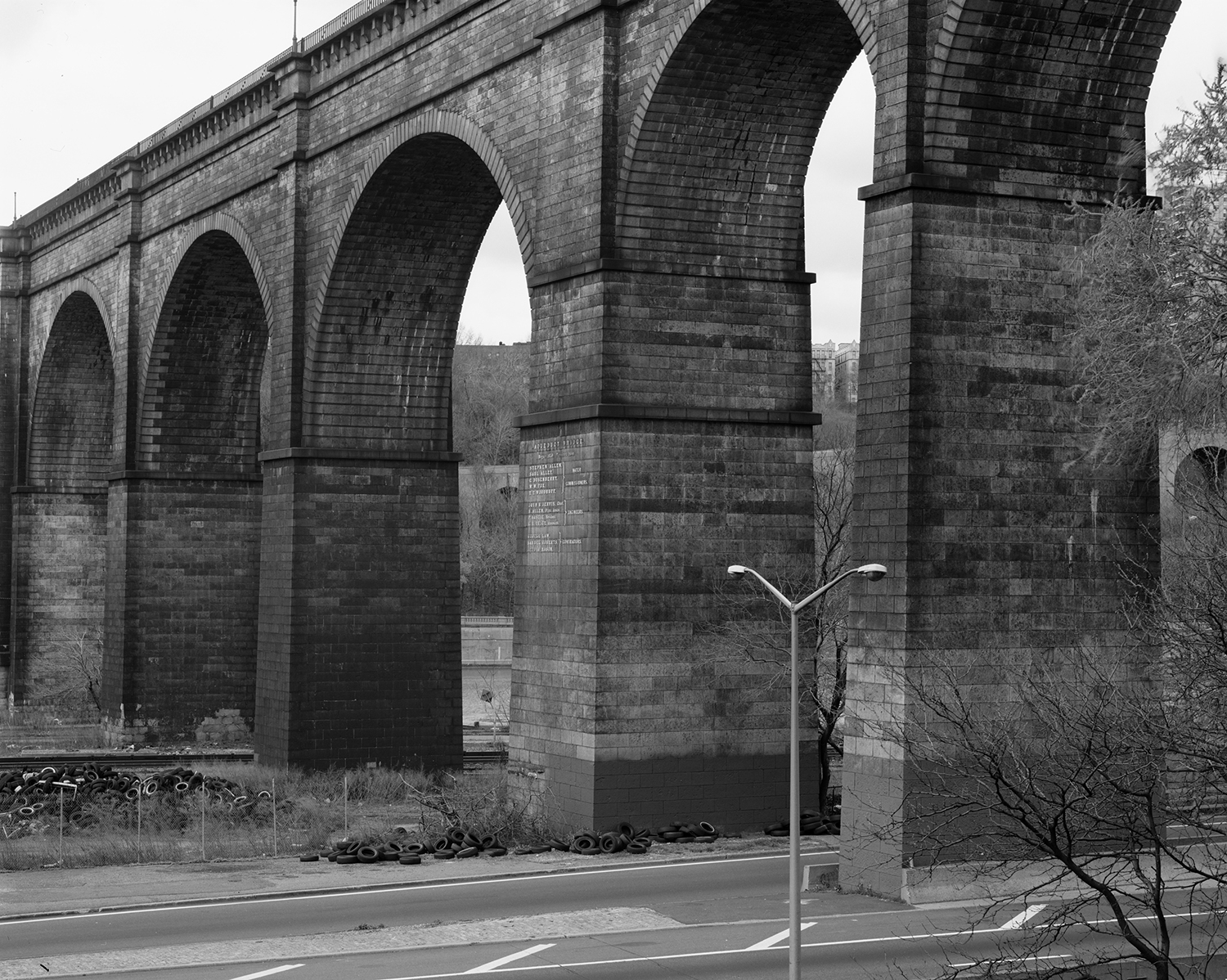
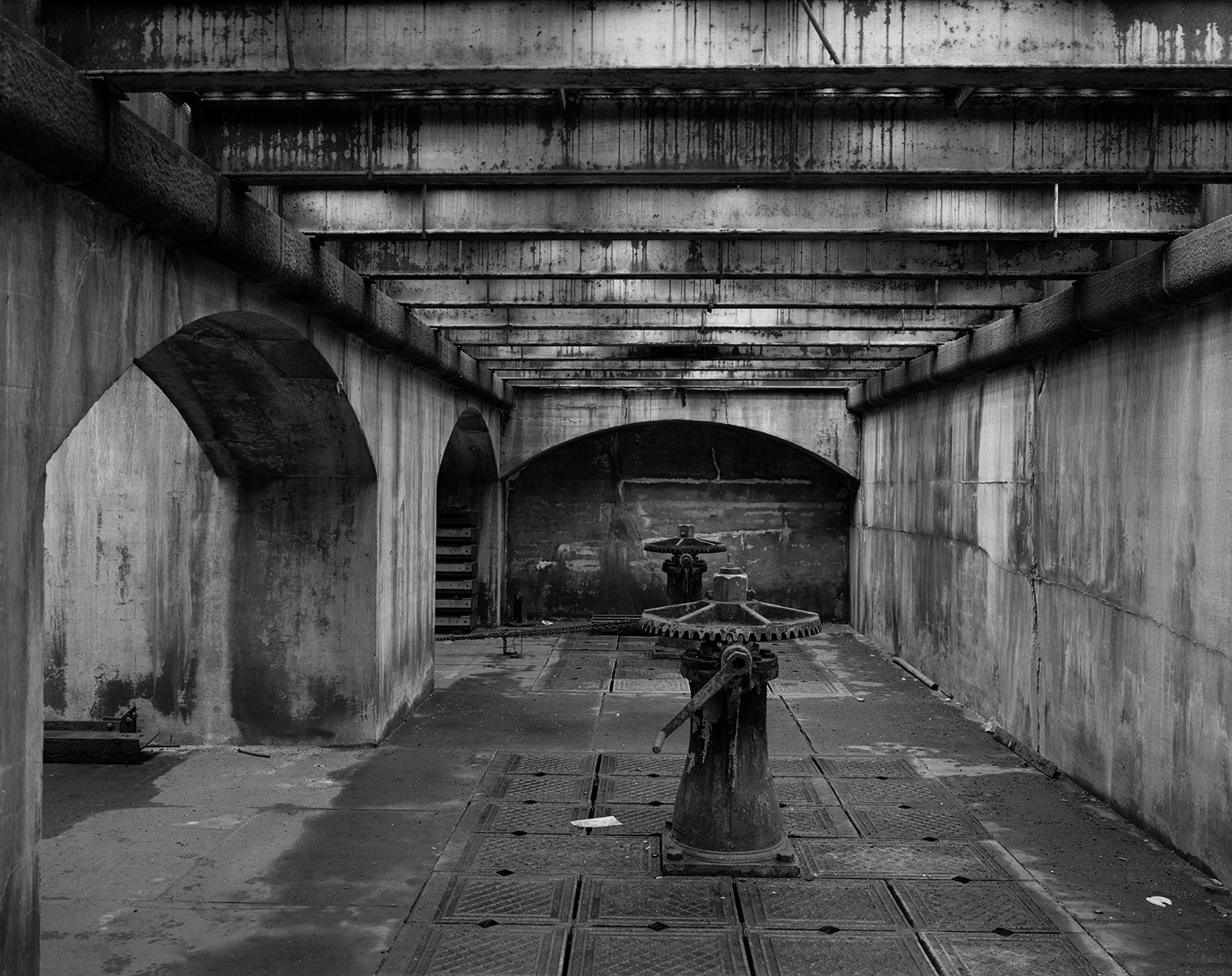
Every image in this book is black and white. And while (very rarely) there are sometimes people in the distant background, the book is essentially peopleless. I believe this is a profound choice. People in this book would be a distraction. This is a book about the apparatus. This is a book about the structures, complicated, mammoth, sometimes almost secretive in their placement.
This book does not seek to explain the process as much as show the workings. Waterworks is a photo-documentary. And every image, from large scale to thumbnail, allows me to imagine at length. My wondering may be aesthetic. My wondering may be systems engineering. One of the many merits of this book is that it allows and encourages both.
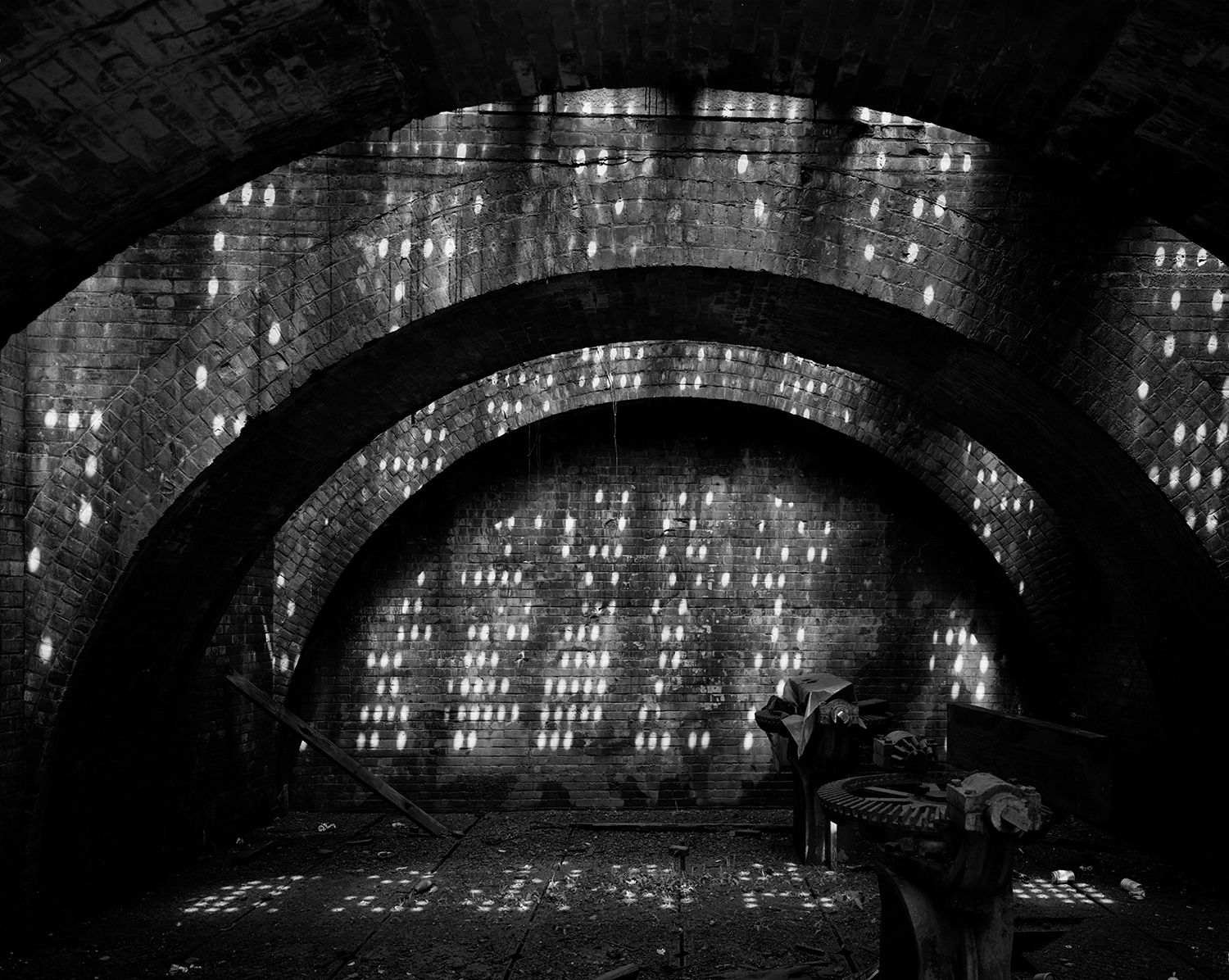
Greenberg has been working on this project since the late 1990s, and it’s clear he has a profound knowledge and respect for the system. The captions are exact. The short bit of text at the beginning sets the context for his explorations. For example, he begins:
As a kid in Brooklyn’s Flatlands neighborhood, storm sewers were no more than a measurement for stickball. But I also noticed fire hydrants, coming in two different sizes, and a mysterious orange brick building labeled “Department of Sewers.” I also wondered why the Newkirk Avenue station on the IRT always seemed to be flooding. (I learned later that it was on the site of the now-closed Flatbush Waterworks.) Since then I’ve been building a private map of New York City’s water system.
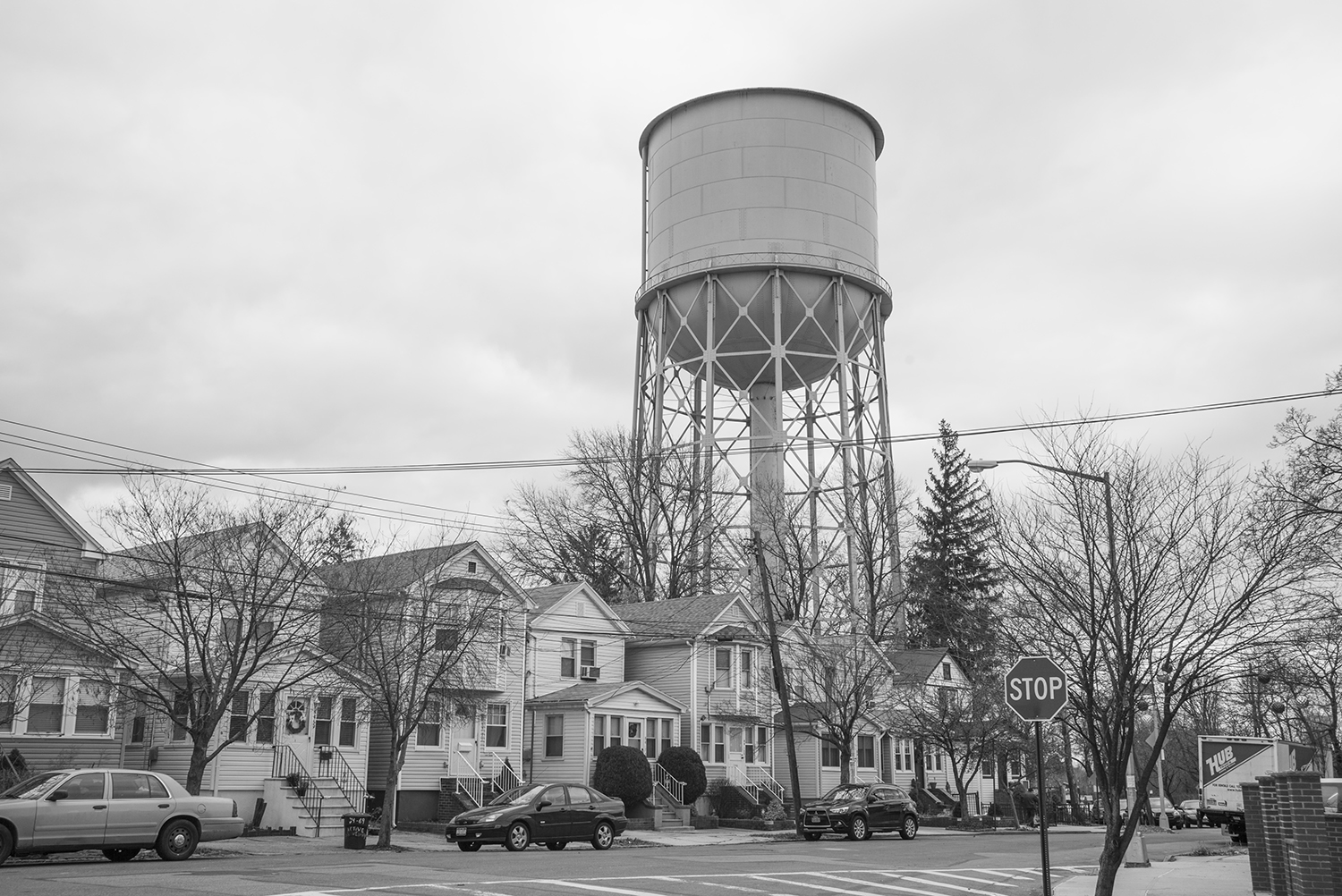
If personal curiosity can lead to art, Waterworks is a fine example. In fact, Greenberg is so captivated that he has made his own map of the system, which is included as a separate, folded, removable document within the book. Part of the map text reads—“New York City Water System sites primarily discovered by personal inspection.” It is, in itself, a work of detail and art.
Waterworks is one of those works that you open, even if you’ve never been to New York City, and you linger. The images are beautiful. The way they begin to articulate the hidden system is captivating, and the ability to imagine provoked by the images is superlative.
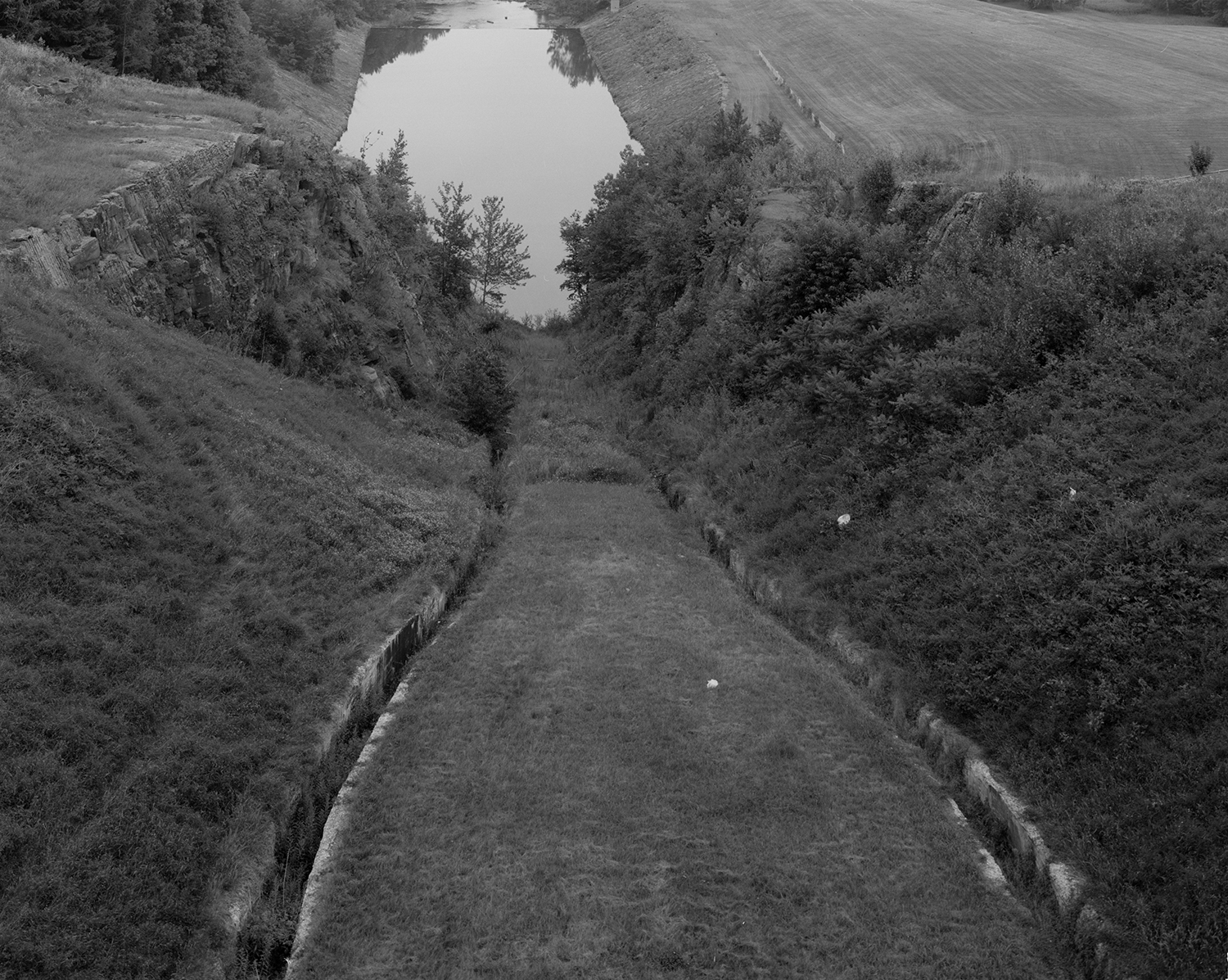
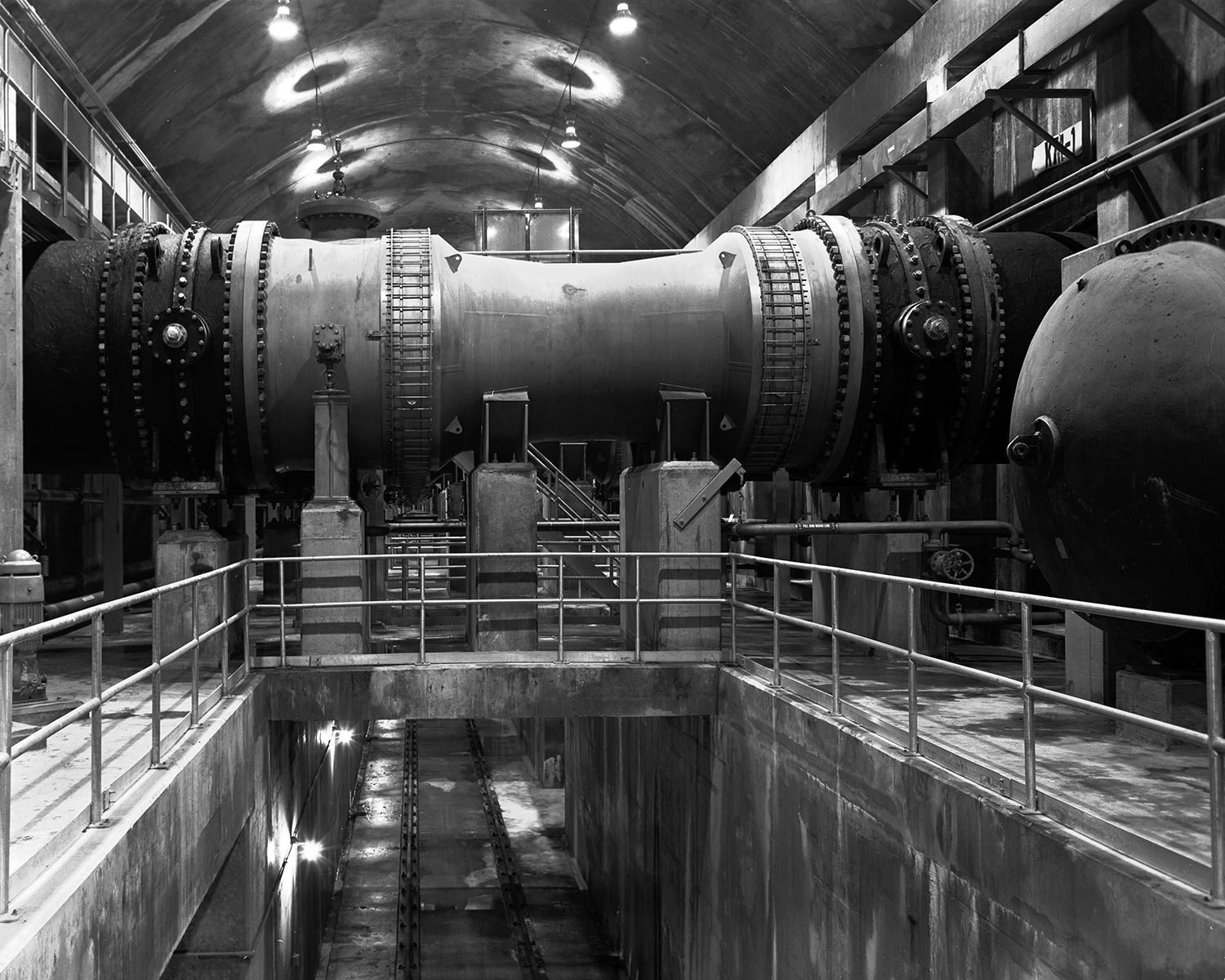
A note from FRAMES: Please let us know if you have an upcoming or recently published photography book.

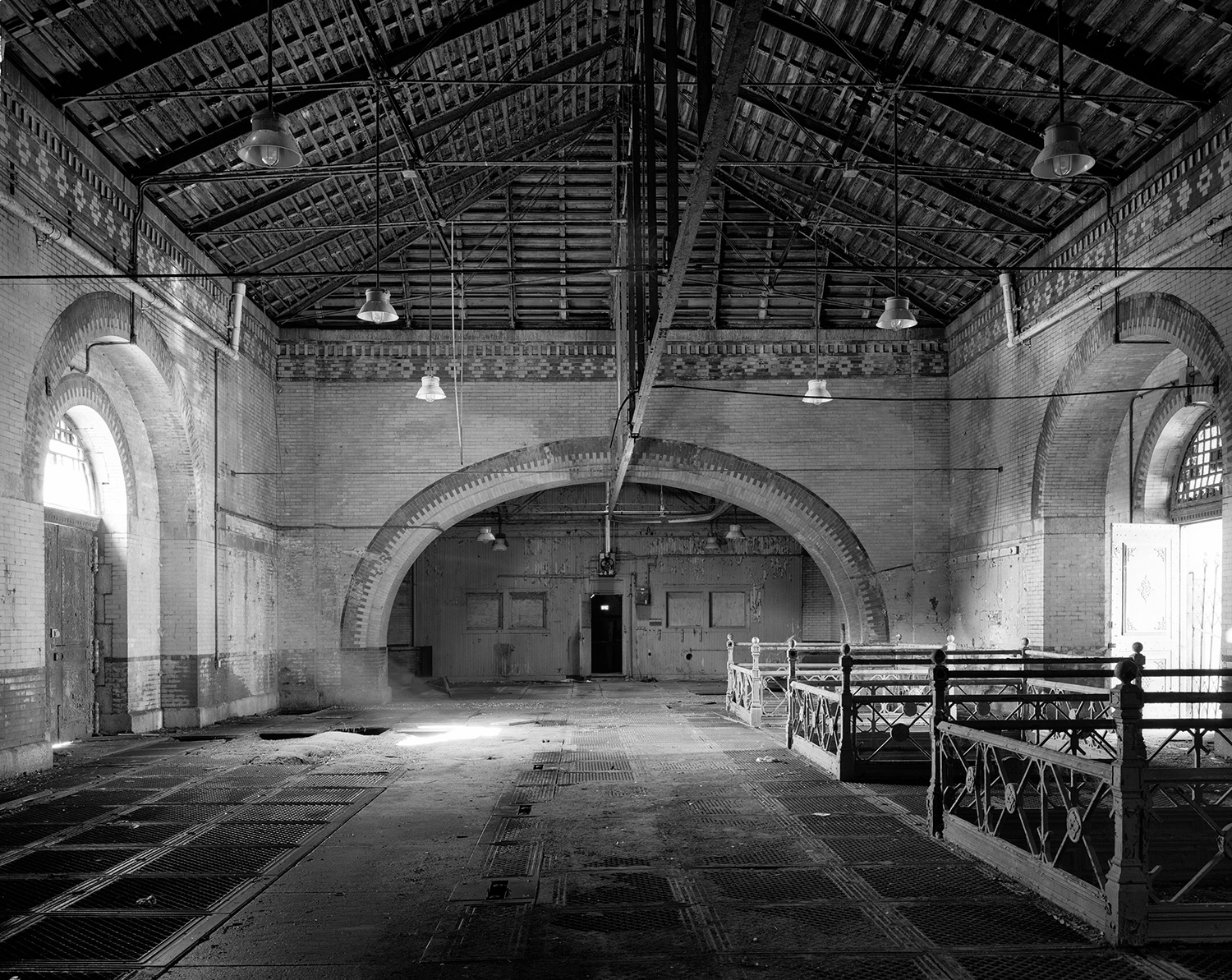

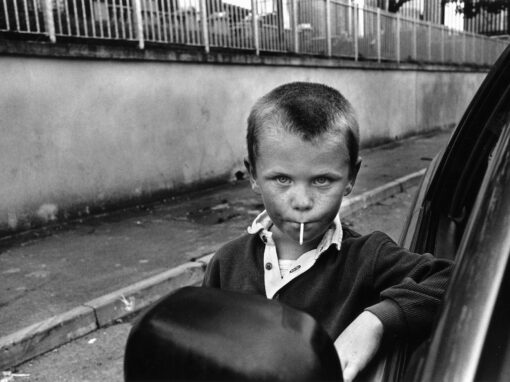
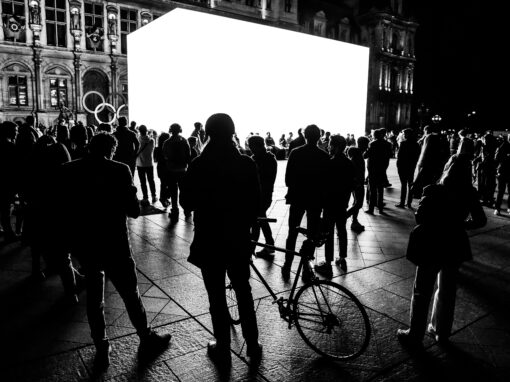
Stanley Greenberg
August 13, 2025 at 18:55
Thanks for the review! Of course I had that set of Enterprise blueprints too.